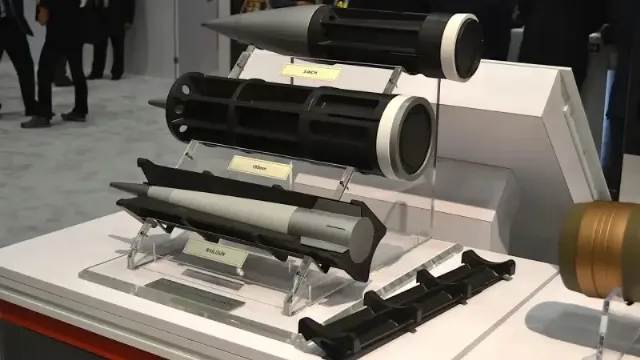On December 20, 2024, the U.S. Army’s Rapid Capabilities and Critical Technologies Office (RCCTO) announced its plan to award an exclusive contract to BAE Systems to develop a 155mm self-propelled cannon prototype. This system, the Multi-Domain Artillery Cannon (MDAC), aims to address growing modern aerial threats, including drones and cruise missiles. The project utilizes hypervelocity ammunition originally developed for the U.S. Navy’s canceled electromagnetic railgun program, with an operational demonstration scheduled for 2028.

The MDAC is designed to protect fixed and semi-fixed positions against a wide range of threats, including drones, cruise missiles, fixed-wing aircraft, and helicopters
This effort will be executed under an Other Transaction Agreement (OTA), a contract mechanism designed to accelerate technology development by bypassing traditional administrative hurdles. This approach allows rapid focus on research and prototyping to meet the urgent needs of the U.S. armed forces.
Since 2022, the RCCTO has been collaborating with the U.S. Air Force and other strategic organizations, such as the Pentagon’s Strategic Capabilities Office and the Air Force Research Laboratory. Together, they are advancing this ambitious project by leveraging related programs, including the Hypervelocity Ground Weapon System (HGWS). The current goal is to finalize a complete prototype MDAC battery by the end of fiscal year 2027. This battery will include eight MDAC cannons, four Multi-Function Precision Radars (MFPR), two Multi-Domain Battle Managers (MDBM), and at least 144 Hypervelocity Projectiles (HVP). These components will be integrated into a larger defense network, including the Integrated Air and Missile Defense Battle Command System (IBCS), which is currently being deployed.
The MDAC is designed to protect fixed and semi-fixed positions against a wide range of threats, including drones, cruise missiles, fixed-wing aircraft, and helicopters. It will complement existing air defense systems within a layered strategy. Key technical requirements include a wheeled design, remote firing capabilities, high rates of fire, significant ammunition capacity, and fast resupply, whether manual or automated. The system must also be transportable by C-130 aircraft, enhancing its potential for expeditionary missions.
